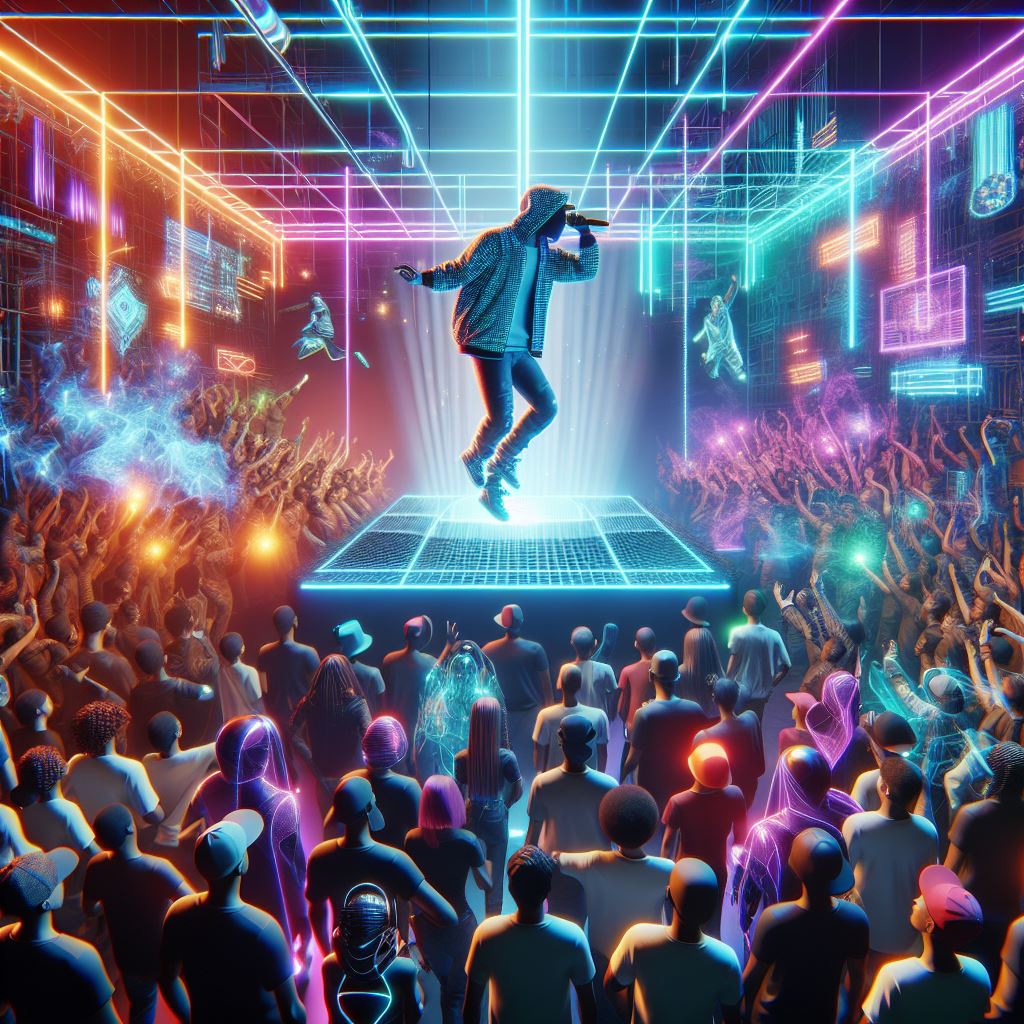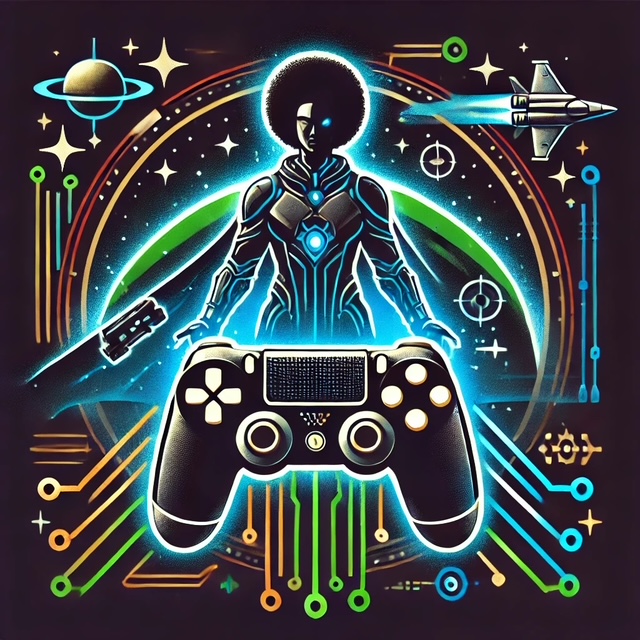Hip-hop and gaming have always shared a cultural rhythm—beats, style, and storytelling woven into digital worlds. But with the rise of immersive technologies like virtual reality (VR) and augmented reality (AR), the next evolution of this relationship is already underway. These tools aren’t just changing how we play—they’re transforming how we experience culture.
So what happens when hip-hop steps fully into the virtual arena? Let’s explore the possibilities.
🎮 1. Virtual Concerts That Feel Real
We’ve already seen glimpses of this with Travis Scott’s Fortnite concert, which drew over 12 million live viewers. But imagine putting on a VR headset and being in the front row of a holographic Kendrick Lamar performance—complete with crowd energy, stage effects, and real-time interaction.
🔊 Future Vision: Artists could host exclusive VR shows in custom-designed worlds that reflect their albums—think a floating city for Outkast or a neon jungle for Doja Cat.
🧢 2. AR Streetwear and Hip-Hop Fashion in Real Life
Hip-hop has always been about style. With AR, gamers could project their in-game outfits into the real world using smart glasses or phones. Imagine walking down the street and seeing someone’s avatar drip layered over their real clothes—complete with animated chains or graffiti-style effects.
👟 Bonus: Brands could drop limited-edition AR sneakers or accessories that exist only in the metaverse and your mirror.
🎤 3. Freestyle Battles in the Metaverse
VR could bring back the raw energy of street cyphers—digitally. Picture a virtual block party where players freestyle battle in real time, judged by a live audience or AI. Voice recognition tech could analyze flow, rhyme schemes, and crowd reaction.
🎙️ Next Level: AI-powered rap coaches could help players improve their bars, delivery, and stage presence.
🏙️ 4. Hip-Hop Worldbuilding in Games
With VR, entire games could be built around hip-hop culture—not just soundtracks, but environments, missions, and narratives. Think of a futuristic city where graffiti is a form of resistance, or a rhythm-based RPG where beats unlock powers.
🧠 Creative Twist: Players could co-create neighborhoods, clubs, or record labels in shared virtual spaces.
🧬 5. Cultural Preservation Through Immersive Storytelling
AR and VR can also be tools for education and preservation. Imagine a VR experience that lets you walk through the history of hip-hop—from the Bronx block parties of the 1970s to the global stages of today. You could interact with holograms of pioneers like Grandmaster Flash or Missy Elliott, learning through immersive storytelling.
📚 Impact: These experiences could be used in schools, museums, or even community centers to teach the roots and evolution of hip-hop.


